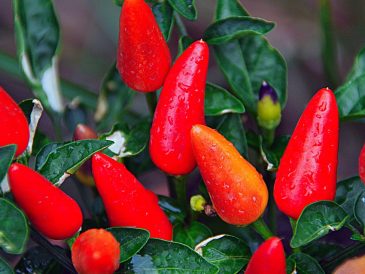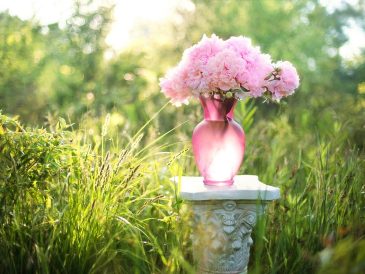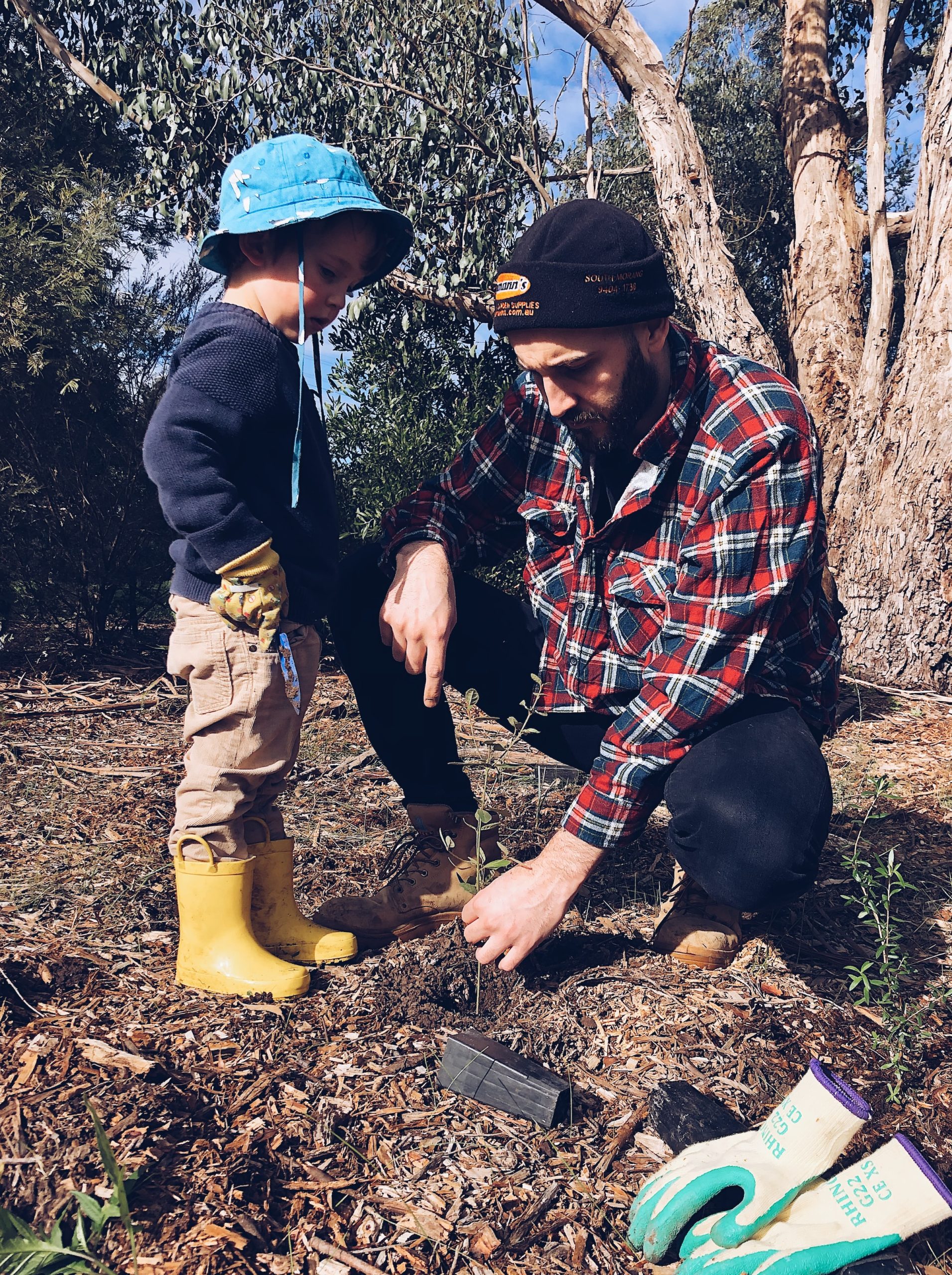There is nothing like having scented plants in your garden or balcony. It’s perfect! It’s almost summer. Time to enjoy the shining sun, colorful flowers, greenery, buzzing bees, cheerful butterflies, and fluttering birds as much as possible. Read a magazine in an armchair or sip a refreshing drink on the terrace. More often than not, we go outdoors and enjoy eating out in the garden or on the balcony.
Some plants emit sweet fragrances during the day and smell good to touch, especially in the evening. With such plants, you can turn your garden, patio, or balcony into a holiday paradise with fresh-smelling garden plants.
Here’s a list!
Historical and Old-fashioned Roses
Modern roses are hardy with endless blooms and disease resistance, but unfortunately, they have little or no fragrance. True romantics will fall in love with the scent of historic “old fashioned” roses, such as hybrids of French roses (Rosa gallica), musk roses (Rosa moschata), and hybrids of Rosa rugosa (Rosa rugosa).
The Rosa gallica hybrids are primarily large shrubs that bloom only once. It is a popular apothecary rose that blooms in June with pink flowers, irregular white and purple stripes, and a wonderful fragrance.
The wrinkled rose or Japanese leaf rose is a large, sturdy shrub that flowers only once. It is characterized by deeply veined leaves that appear “wrinkled”.
2) Scented Geranium (Pelargonium)
The Scented Geranium is a plant that, like lavender, is scented only when you rub the leaves between your fingers. Everyone knows the lemon geranium (Pelargonium graveolens or crispum), which has lilac single-petaled flowers.
There are also rose-scented geraniums, such as pelargonium ‘Roses of Attar’ with single pink flowers, pelargonium odoratissimum, with apple-scented, white flowers, and chocolate peppermint, with peppermint-scented, mauve flowers and chocolate-colored spots on the leaves. These are also ideal for potted plants on terraces and balconies.
3) Licorice
This is a hardy perennial called licorice because of the anise scent of its leaves when touched. It produces small lilac or white lip-shaped flowers for long periods, attracting butterflies and bees. Moderately hardy but usually well self-pollinated. It grows 60-120 cm tall and can be planted in large pots or on the ground in sunny locations.
4) Lilac
The common lilac (Syringa vulgaris) is a shrub that can grow up to 5 meters tall, but there is also a dwarf lilac (Syringa patula) about 125 cm tall. Then there is the stem lilac, which blooms from May to June with fragrant flowers in various colors, including white, pink, red-purple, and yellow. It prefers full sun or slight shade and is not an evergreen. It is best to cut off some flowering branches and keep them watered in a pot with shrub-specific nutrients.

5) Honeysuckle
This climber gives off a wonderful sweet fragrance in the evening, has long, colorful flowers, and is very popular with insects. Most species are deciduous, but some are evergreen. Honeysuckle prefers moist, nutrient-rich soil in the sun or semi-shade.
6) Sweet pea (Lathyrus)
Sweet peas are known as annual climbers, but there are also perennials, both climbers and non-climbers. Climbers must be appropriately guided and tied. Sweet peas prefer sunlight and nutrition and produce fragrant flowers in various colors and color combinations. The more flowers you choose for your garden or tabletop bouquet, the more abundant and long-lasting the blooms will be.
7) Jasmine
Common jasmine (Jasminum officinale) and Tuscan jasmine (Trachelospermum jasminoides) produce fragrant white flowers from June through September. It should be planted in the ground or in large pots and propped against a shelf, wall, or fence. There is also ambient jasmine (Jasminum polyanthum), which has fragrant white flowers and should be placed on a terrace or balcony in summer.

Do you like scented plants? Let us know in the comments below!





1 Comment
[…] Sound off in the comments section below and tell us what you want to read next and if you want to read more about embellishing your garden. […]